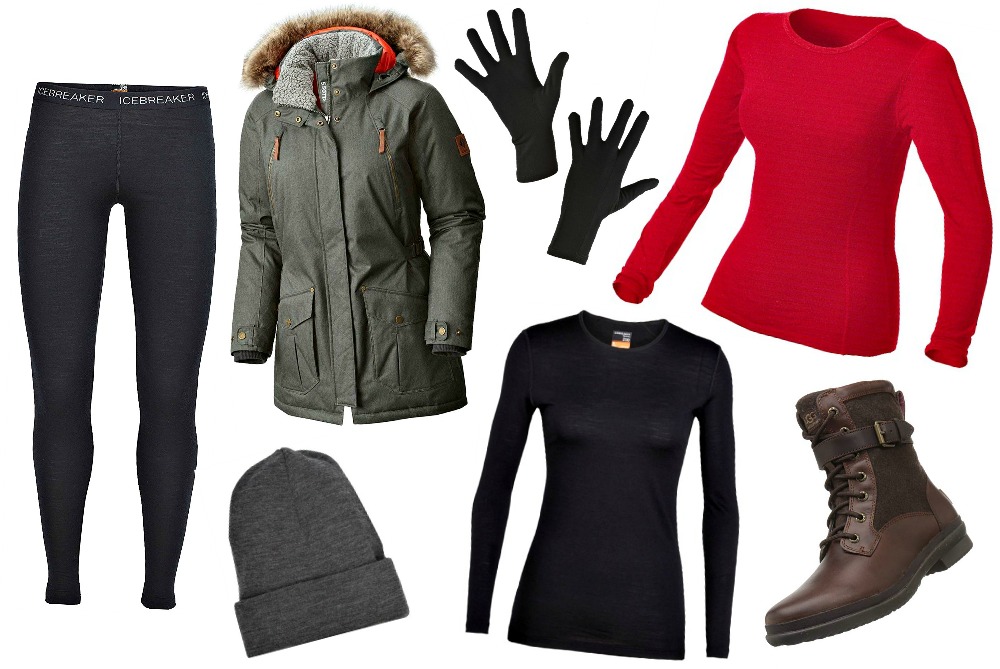Your Guide to Extreme Cold Weather Clothing

Every time the winter season nears, it’s natural to start thinking about the clothes that would keep your body warm. Whether you’re just driving to the office, doing errands around town, or going on a ski trip with the family, you need to suit up for the cold weather. Here’s a basic but ultimate guide to layering clothes during winter.
Long Underwear
For extremely cold weather conditions, the first layer is ideally your long underwear. It should be made of a nonabsorbent material to offer you warmth and keep your skin dry. It should also nestle comfortably against your skin.
Mid-Layer
Following this is the most essential layer, which absorbs the moisture from your long underwear and releases it to the environment through the process of evaporation. Synthetics are the most appropriate material for the mid-layer, but wool is a great alternative, too. You’ll likely wear shirts, trousers, and sweaters for this layer.
Insulation Layer
Thickness is equivalent to warmth. During harsh cold conditions, an outer garment made with several layers is key to staying warm. Forwomen’s wear, Arc’teryx Atom is one of the most recommended lines of winter jackets. Keep your insulation layer dry. But if you’re exposed to wet conditions, you can always opt for synthetic insulation.
Shell Layer
Your wind shell is the most essential aspect of your layering system. It’s also the most used aside from your long underwear. According to a study, it provides up to 25 degrees Fahrenheit of warmth. During windy conditions, this can even increase to 50 degrees Fahrenheit. Wind shell made from non-waterproof fabrics is popular since it allows perspiration to easily escape.
Pants for the Cold Weather
When working under cold and dry conditions, the best clothing option is the flannel lined jeans. You can just add extra layers for extremely cold weather conditions. The only downside about this clothing piece is that it absorbs moisture, which is not highly advisable for extended use.
Headgear
There’s a claim that says you lose as much as 40% of your body heat through your head. However, this isn’t true at all since the human head loses heat just like any other area of the body. This being said, you still need to protect your head and face against freezing temperatures.
There are plenty of options to safeguard your head from the cold weather, and one of the most popular methods is layering. You can sport a ski mask or balaclava that has a trapper hat or wear a complete park snorkel hood. When it comes to head protection, silk and parka are the best first layers.
Footwear
A pro tip when purchasing boots for winter is to get a size bigger than your actual shoe size so that you have space for boot liners and thicker socks. If you want to double-layer your socks, it’s best to opt for two sizes bigger. You can also wear similar socks that you’re planning to wear when shopping for boots to guarantee that they will comfortably fit you.
Wearing warm clothing during the winter season can be a chore, but these layers of clothes are necessary when the temperature drops.